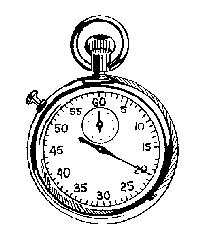Value-Added Work
Value added work consists of the tasks that a customer is willing to pay for. Generally this is something that changes the form, fit, or function of raw materials. Note that it is very important to consider value from the customer perspective. In some cases, they will value something that Read more…
